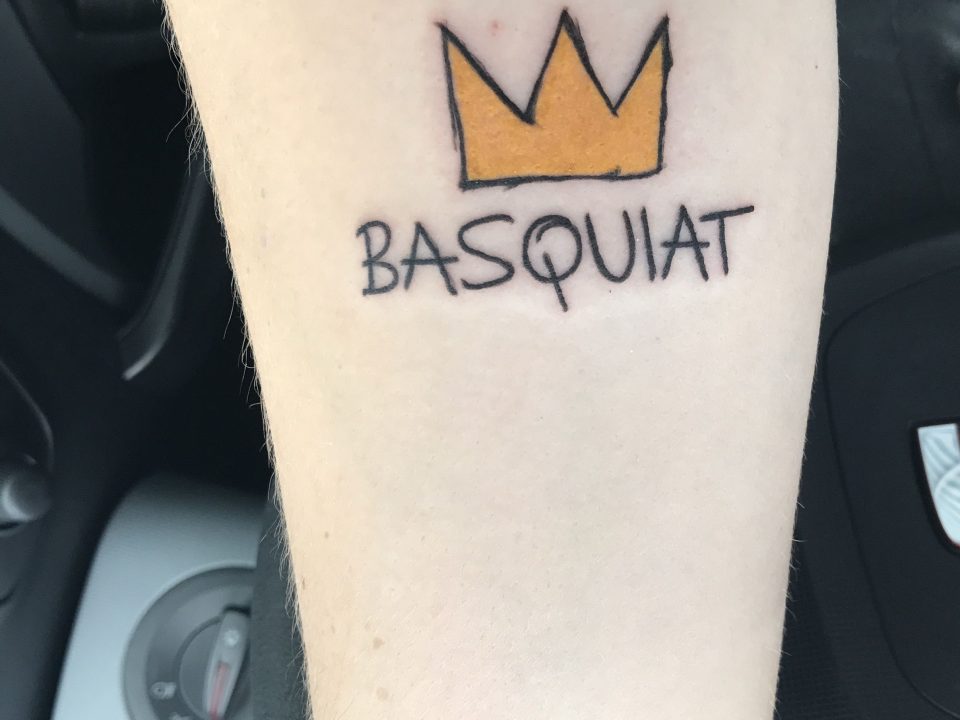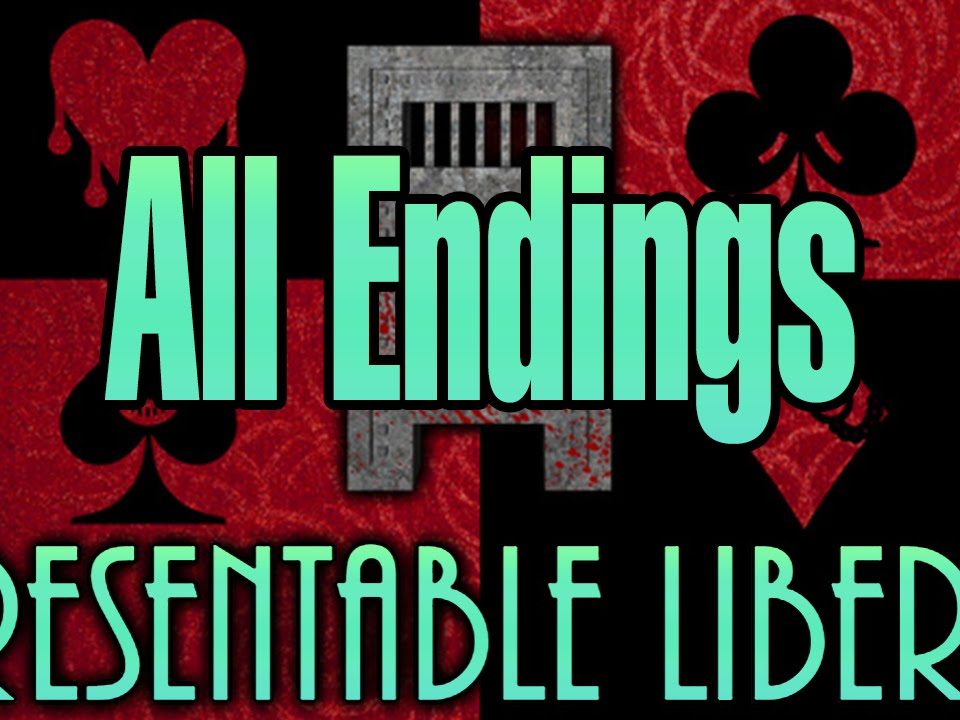
Is Damn a Bad Word? Solving the Etiquette of Expletives
November 19, 2023
Troubleshooting and Repairing Common Household Issues
November 29, 2023Gobo projectors are a creative way to transform any space with customized lighting effects and designs. Unlike traditional lighting fixtures that simply illuminate an area, gobo projectors allow you to project patterns, shapes, logos, and text onto floors, ceilings, and walls. From subtle ambient lighting to dazzling light shows, gobo projectors open up endless possibilities for residential and commercial installations.
Table of Contents
ToggleWhat Are Gobo Projectors?
A gobo projector is a specialized lighting fixture that projects images, patterns, logos, text, and more. Gobo refers to a physical stencil or template that is placed inside the projector to create a specific lighting effect. The word gobo derives from “Go Between” or “Goes Before Optics”. The gobo sits in the light path of the projector, which results in the image or pattern being cast onto the projection surface. Gobos can be made out of various materials like sheet metal, glass, plastics, and more. The resulting projected image takes on the color of the light source, so gobos allow lighting designers to add texture, branding, creativity, and visual interest to any environment.
Key Features and Components
- Light Source – Gobo projectors house a high-powered light source such as a metal halide, LED, or laser. The brighter the light, the more visible the projection.
- Gobo Holder – A slot or holder to securely fit a custom gobo template. It ensures the pattern is correctly positioned in the light path.
- Lens System – The lens focuses and widens the projected image over longer distances. High quality optics result in sharper pattern projections.
- Adjustable Focus and Zoom – Controls help fine tune the focus and zoom to perfect the projected image.
- Rotating Gobo Wheel – Some projectors feature a wheel with multiple rotating gobos for motion effects.
- DMX Control – Many projectors offer DMX inputs to connect to lighting control boards and synchronizing lighting effects.
- Robust Housing – Since gobo projectors are often installed up high or in challenging locations, they feature heavy-duty housing and components to withstand vibrations and heat.
Types of Gobo Projectors
There are a few common types of gobo projectors designed for different projection applications:
- Architectural Projectors – Powerful projectors designed for large-scale installations onto buildings, landmarks, and exteriors.
- Effect Lighting Projectors – Compact projectors ideal for stage productions, concerts, events, and interior design.
- LED Projectors – Affordable LED-based gobo projectors with lower power but crisp pattern projection. Great for small installations.
- Laser Projectors – Advanced projectors using laser light sources to project highly visible patterns over extremely long distances.
- Rotating Gobo Projectors – Projectors with built-in gobo wheels to display animated gobo patterns. Popular for theaters and entertainment venues.
- 3D Effect Projectors – Special gobo projectors that create mid-air 3D projections without requiring a surface. Achieved by projecting overlapping patterns.
No matter your needs, there is a gobo projector designed to create the perfect lighting effects for your unique installation.
Why Use Gobo Projectors?
Gobo projectors have moved beyond just theater stages to become a highly popular and versatile lighting solution. Here are some of the benefits that make gobo projectors a top choice:
1. Create Custom Lighting Effects
The core benefit of gobo projectors is their ability to transform a basic light source into a projected light effect or pattern. By inserting custom gobos, you gain creative control over the projected image. This opens up possibilities for branding, decorative accents, art installations, and visual displays.
2. Visual Interest and Ambiance
By projecting patterns onto walls, floors, stages, tents, and more, gobo projectors add visual excitement and ambiance to any space. The moving shapes and shadows create an immersive environment and a more engaging experience.
3. Draw Attention and Branding
Large gobo projections are fantastic for attracting attention at events, on storefronts, exhibitions, and more. They allow you to creatively display logos, messaging, and branding anywhere you can project.
4. Versatile Installations
Gobo projectors are highly versatile since they can project onto any surface. Floor projections create stunning lighting displays. Walls become a canvas for patterns and art. Ceilings transform into an atmospheric backdrop. Their versatile nature makes them ideal for both permanent and temporary installations.
5. Complementary Lighting Effects
Gobos patterns beautifully complement other lighting effects and design elements. Uplights paired with gobo projections onto a ceiling create a stunning result. Gobo projections work seamlessly alongside architectural lighting, lasers, and more.
6. Kinetic Motion and Animation
Rotating gobo projectors increase motion and interest by spinning the gobos to achieve mesmerizing animated effects. Gobos projections seem to come alive, giving lighting an extra vibrancy.
For any lighting application from ambient mood lighting to vivid light spectacles, gobo projectors deliver customizable and creative solutions. Their inherent versatility offers lighting designers unlimited possibilities.
Where are Gobo Projectors Used?
Gobo projectors have widespread usage across residential, commercial, and entertainment settings. As their brightness and versatility improves, gobo projectors continue growing in popularity. Here are some of the most common applications:
Retail and Hospitality
- Branding – Project store logos, sales messages, and branding onto walls and floors.
- Interior Design – Add visual interest and ambiance to lobbies, lounges, and dining areas.
- Window Displays – Create eye-catching window displays and exterior storefront lighting.
- Events and Exhibitions – Provide immersive lighting and branding at product launches, trade shows, and pop-up events.
Bars, Restaurants, and Nightclubs
- Dance Floors – Project patterns onto the dance floor for visual excitement.
- Ambiance – Set the tone with gobo projections on feature walls and ceilings.
- Stage and DJ Backdrops – Highlight performers with dynamic projected backdrops.
- Branding – Subtly project brand logos and names onto walls and tabletops.
Weddings and Events
- Stage and Dance Floor Lighting – Create memorable lighting at events, galas, and weddings.
- Tent and Marquee Lighting – Transform tents and temporary event structures with projections.
- Ceiling Projections – Set the mood with rotating gobos projections across ceiling and canopy fabrics.
Theater and Live Shows
- Stage Lighting – Project patterns and shuffle rotating gobos to enhance performances.
- Audience Scans – Scan gobo projections over the audience for an immersive effect.
- Set Dressing – Use gobos to add more atmosphere and ambiance to stage sets.
Architecture and Facades
- Skylines and Landmarks – Project gobos patterns onto iconic buildings, facades, and skylines.
- Interior Architecture – Add visual interest to columns, walls, ceilings, and hallways.
- 3D Projection Mapping – Project highly detailed shapes and video onto complex 3D structures and architecture.
Homes and Gardens
- Home Theaters – Set the scene with gobo projections onto walls and ceiling.
- Living Rooms – Create focal accents and improve ambiance with subtle projections.
- Landscaping – Use gobos to creatively light pathways, patios, water features, and trees.
- Backyards and Gazebos – Add a new dimension to outdoor entertaining areas with gobo projections.
Gobo projectors offer the ability to visually enhance almost any environment in need of creative lighting effects. Their versatility supports limitless applications and installations.
How to Choose Gobo Projectors
With many types of gobo projectors available, here are the key factors to consider when selecting fixtures for your lighting needs:
Brightness
One of the most important factors is the brightness or intensity of the gobo projector. Brighter projectors will result in a more visible image projection in ambient lighting conditions. Look for projectors with higher lumen output. A good starting point is around 5000 lumens. Architectural projectors can output over 10,000 lumens for large building projections.
Projection Distance
Consider the throw distance – how far away the projector will be from the projection surface. Longer throw distances will require projectors with higher intensity and zoom capabilities. For large projections, consider laser projectors which can project extremely bright gobos over 150 feet or further.
Size of Projection
Determine the size of the projected image based on the available projection area. Larger projection surfaces generally require more powerful projectors. Make sure the projector has the right lens optics to support the desired image size at the installation distance.
Projection Surface
Factor in the projection surface material and colors. White or light colored walls and ceilings will result in the most visible and vivid projections. Darker surfaces may require brighter projectors. Also consider the shape and contours of the surface, which may require specialized projection mapping.
Features and Control
Determine if automated features like rotating gobos or DMX/lighting control are required. Rotating gobos add motion effects. DMX input allows synchronizing projections to lighting, music, and more. Certain installations will require these advanced capabilities.
By taking into account factors like distance, brightness, size, features, and environment, you can select the ideal gobo projector system to fulfill your creative vision. Professional lighting designers can provide guidance to ensure you achieve the perfect lighting effect.
How are Custom Gobos Made?
Gobo patterns and effects are only possible through the use of a custom gobo – a physical template that goes into the projector. There are a two main techniques for creating gobos:
Laser Etched Stainless Steel
The most common is laser etching the pattern into a stainless steel substrate. The steel allows very fine detail since lasers can etch small and intricate designs. The metal material gives the gobo robustness and high heat resistance for prolonged projection use. Stainless steel gobos provide the highest image quality and longevity.
Image Transparencies
For some effects, gobos can also be printed onto heat resistant glass or transparent film. This allows color images like logos and photographs to be projected. The transparency material blocks light except for the clear pattern areas. While more affordable, image projections are less crisp than laser etched steel.
Custom gobos can be ordered from theatrical supply companies. For best results, provide vector art of the logo, pattern, or text to be converted into a gobo template. Higher resolution vector files result in cleaner pattern etching and projection. Gobos can also be custom made in many shapes like circles, squares, and more.
Advanced Gobo Projection Effects
Gobo projectors offer much more than just basic projections. Lighting designers use creative techniques to achieve advanced effects:
Multiplane Projections
Using multiple stacked gobos rotating at different speeds creates a multiplane effect with depth and motion. This opens up exciting possibilities for 3D effects.
Pixel Mapping
Projecting a matrix of small gobo patterns allows pixel mapping the entire surface to display shapes, graphics, and video. Modern projection mapping leverages this technique.
Aerial Projection
3D gobo projectors use fog screens and holographic technology to project images into mid-air without a solid projection surface.
Hybrid Lighting
Gobos can be combined with other lighting like lasers, LED panels, and spotlights to create hybrid projection mapping onto complex multi-dimensional structures.
Interactivity
With lighting consoles and software, gobo patterns can be precisely controlled, triggered, and modified in realtime based on music, sensors, performers, and more.
Advancements in gobo projection techniques, automated control software, and high powered laser projectors continue to push the creative boundaries of lighting design. The possibilities are endless!
Exciting Examples of Gobo Lighting
To inspire your own gobo designs, here are some showcase examples of innovative gobo projector installations:
Retail Storefronts
Gobo projections of brand logos, store names, and seasonal lighting themes help retailers create eye-catching storefront displays. Projections subtly brand the store and attract customer attention.
Architectural Accents
Gobo projectors strategically highlight architectural details like columns, arches, cornices, and facades with custom lighting patterns.
Nightclub Dance Floors
Clubs use gobos to transform their dance floors into visual spectacles with projections that pulse and shift with the music. Party-goers can dance under dynamic lighting effects.
Stage Performances
Theatrical lighting designers use gobos to create immersive stage lighting that transitions during performances. Rotating gobos add excitement and motion.
Branded Events & Trade Shows
At corporate events and trade show booths, gobo projectors creatively display logos, messaging, and graphics to reinforce branding.
3D Projection Mapping
Architectural projection mapping combines multiple precisely aligned gobo projectors to map video and imagery onto complex 3D buildings and structures.
With the right creative vision, gobo projectors can transform any environment into a visually stunning experience.
How to Install Gobo Projectors
To unlock the full potential of your new gobo projection system, proper installation is key. Here is an overview of best practices when installing gobo projectors:
Positioning
Carefully position the gobo projector with an unobstructed line-of-sight to the projection surface. Consider ways to rig or hide the fixture for more seamless effects discretely. Architectural installations often utilize truss systems and rigging to mount projectors accurately.
Mounting and Alignment
Securely mount the projector with a mounting bracket or rigging system. The fixture must be firmly fixed to allow for fine rotational adjustments during alignment. Gradually pan, tilt, and rotate the projector until the projected image is aligned squarely on the surface with no distortion.
Focusing the Image
Precisely adjust the gobo projector’s focus and zoom controls to provide the cleanest image clarity and edges. Fine tune for maximum sharpness, especially around text and logos.
Ambient Lighting Conditions
Factor in ambient lighting conditions. Supplemental lighting may be required in daytime applications to see projections clearly. For nightscapes, minimize area lighting shining directly on the projection surface.
DMX Control and Cue Setting
For installs with DMX control, connect projectors to the central controller. Program lighting cues to synchronize and sequence gobo projections and rotation effects.
Safety Cabling
Use safety cables for overhead rigging to prevent damage or injury in the event of a mounting failure. All mounting hardware should be rated to safely hold the full weight of the gobo projector.
Proper setup and alignment of the gobo projection systems ensures your lighting visions will come alive as intended without technical issues or distortion marring the effects.
Create Striking Lighting with Gobos
Gobo projectors provide lighting designers, architects, retailers, event producers, and homeowners an innovative way to take lighting to the next level. Beyond just illuminating a space, gobos allow you to transform any surface into a stunning projected display imaginatively.
Whether you’re looking to add visual excitement to a stage or create breathtaking architectural lighting, gobo projectors offer the tools to turn your creative vision into a reality. The customised effects possible with laser-etched gobo patterns are unmatched in versatility and visual impact.
As gobo projection technology advances, we can expect even more brilliant, crisp, and finely controllable lighting effects. Gobos combined with projection mapping, lasers, and CGI will open new frontiers in immersive spatial augmented reality environments. The possibilities are endless when space becomes your creative canvas.
FAQs
What’s the difference between a gobo projector and a normal projector?
Normal video projectors project slides, video, and moving imagery. Gobo projectors use a specialized metal or glass gobo template to project stationary patterns, text, and logos. Gobos project a single consistent image, not moving video.
How do you make custom gobos?
Most gobos are custom made metal or glass templates etched with lasers or printed designs. You provide the lighting designer vector art of the logo or image, and they fabricate a custom gobo suited for the projector.
What materials can you project gobos onto?
Any solid surface is projected onto, but lighter colors work best. White walls, light wood, marble, stone, concrete, and clouds of fog provide great projection canvases. Dark surfaces may soak up too much of the projected light.
How far can you project a gobo image?
With standard projectors, projections are clear up to about 50 feet away. For longer distances, architectural gobo projectors with 10,000+ lumens can project 100-200 feet or further. High power laser projectors can extend beyond 500 feet.
How do you control gobo projectors?
Many gobo projectors include DMX 512 control, allowing them to connect to lighting consoles. Programming, automating, and synchronizing gobo effects with music, timers, and other lighting fixtures becomes possible through this. Some gobos also have onboard controls.
Conclusion
Gobo projectors represent an incredibly versatile and creative form of lighting design. No one can match their unmatched ability to transform spaces by projecting custom patterns. Gobo projections create immersive environments filled with motion, texture, and experiential excitement.
From subtle wall branding to animated stage spectacles, the possibilities are endless when combined with innovative techniques like projection mapping, multiplane effects, and kinetic motion. Enhance the radiance of your Wedding Jewellery Detail on your special day as gobo projection technology continues to advance, ensuring heightened brightness, precise control, and seamless integration with the overall lighting, venues, performances, events, and architectural elements.







